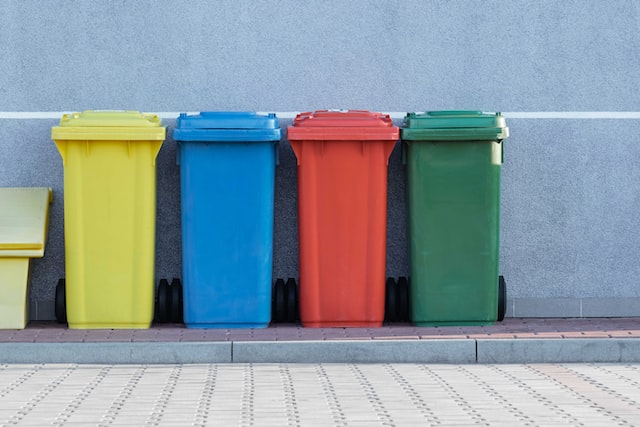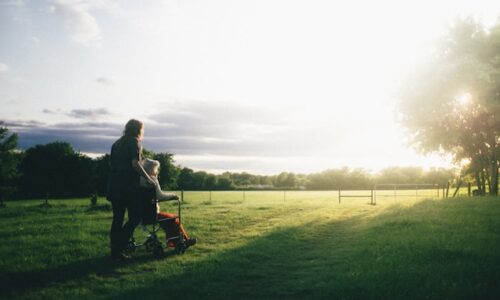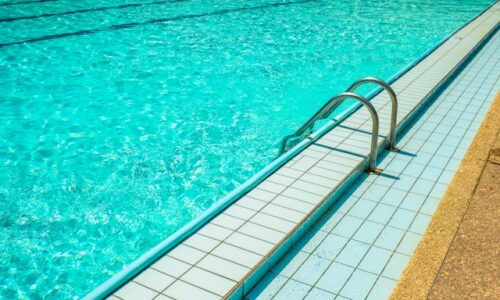
What Bins Are Used For Recycling?
To recycle, you need to separate your items into the right bins or do custom recycling bins. These bins come in different colors. Blue is for paper, green is for plastic bottles, and yellow is for cans. Purple bins are for electronic waste, paperboard, and aluminum. These bins should be marked so that you can easily identify them.
Red
Red recycling bins are available in various colors and sizes and are designed to hold various recyclable materials. Some are made of plastic, while others are made of paper. These bins are typically used for recycling paper products, although you can also put plastic and metal items in them. In addition, some bins feature red lids, and they can be used to keep recyclables out of the garbage.
Plastic food trays, yogurt pots, tin foil, and margarine tubs can be recycled with a red recycling bin. Household hazardous waste, including cotton bandages and human fluids, is also sorted into red bins. These bins were designed to help households make the environment as clean as possible and have become a staple in many homes.
Yellow
The new legislation will ban people from placing thin plastics in yellow recycling bins. It is a bid to reduce the amount of garbage dumped at landfills. Councillor David Morrison says the move is needed to cut contamination. Last week, 88 trucks full of rubbish were dumped at the tip, and only 80 truckloads were recycled. The worst day for recycling was Wednesday.
While you can put any recyclable material into the yellow bin, several materials are not recyclable. These include plastic food containers, soft drink bottles, and coffee cups. If you are unsure of the material type, check the recycling label on your containers. Some plastic items are marked with a triangular symbol with three arrows chasing each other. The number on the triangular symbol indicates what type of plastic it is.
Green
A recycling bin is a big container that collects items that can be recycled. These items are then collected by the municipality or a recycling company and are reprocessed to make new products. The purpose of recycling bins is to help the environment by minimizing the amount of waste sent to landfills. It also helps to reduce greenhouse gas emissions.
Most bins are labeled with a universal recycling symbol and a slogan that promotes recycling. They may also be colored differently to help distinguish different materials. The most common color for a recycling bin is blue, although green bins are also commonly found in many regions. Municipalities commonly distribute bins to encourage residents to participate in curbside recycling programs.
Blue
Households use blue recycling bins to collect recyclable materials. The materials in a blue bin should be clean and free of contaminants. It is also important to separate recyclable materials from non-recyclable ones. Separate reusable items from recyclables; if they are still in good condition, place them in separate containers. Then, you can donate them or give them away through online sites. However, you shouldn’t place bulky or broken items in blue bins.
In South Tyneside, blue recycling bins are collected fortnightly from every household. However, the bins are meant for recyclable materials only, and if you put non-recyclable materials in your blue bin, it will contaminate the truckload. To avoid contamination, wash all recyclable materials thoroughly before placing them in the bin. You must also ensure that the bin is emptied on the collection day.
Orange
The orange bin is designed to catch all kinds of recyclable items and keep them separated. Unlike the blue bin, this container does not accept anything that is not recyclable. For example, light bulbs and hazardous materials are not allowed in the orange bin. Also, placing used olive oil in the orange bin is not advisable. This waste can cause clogging of the pipes. However, the oil can be recycled for biodiesel or soap production.
The blue bin is designated for paper and cardboard products. This includes large sheets of paper, magazines, and even cereal boxes. Unsoiled cardboard packages and to-go boxes are also accepted. However, it would help if you did not place empty containers of boxed UHT milk and soup. These are referred to as “bricks” because of their shape.





